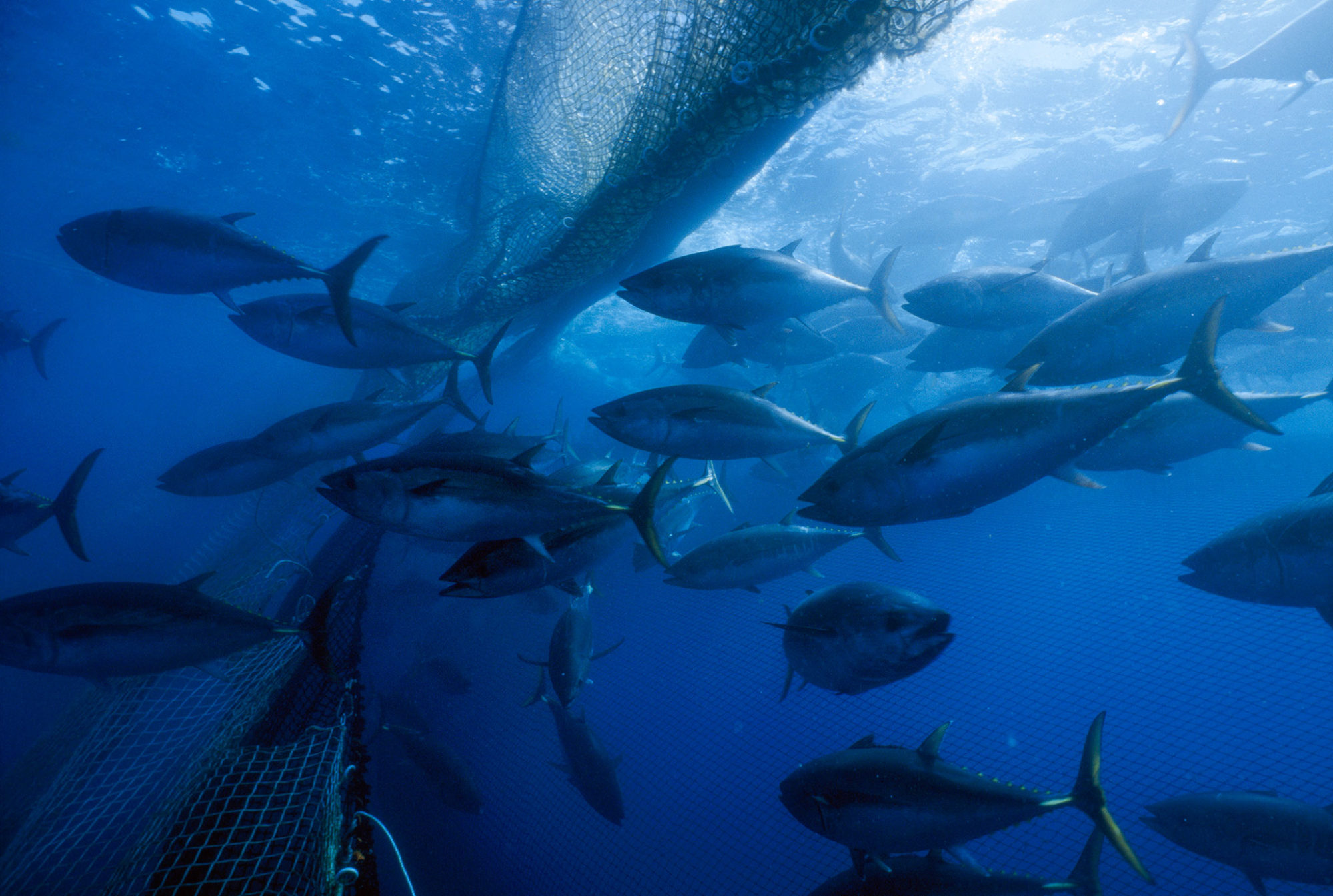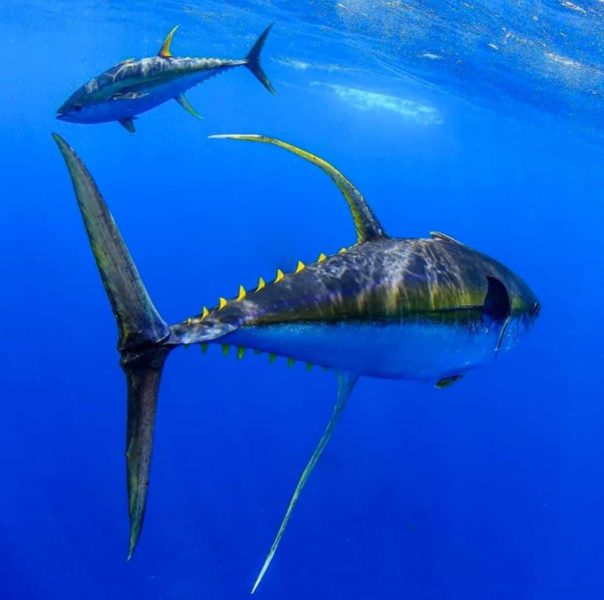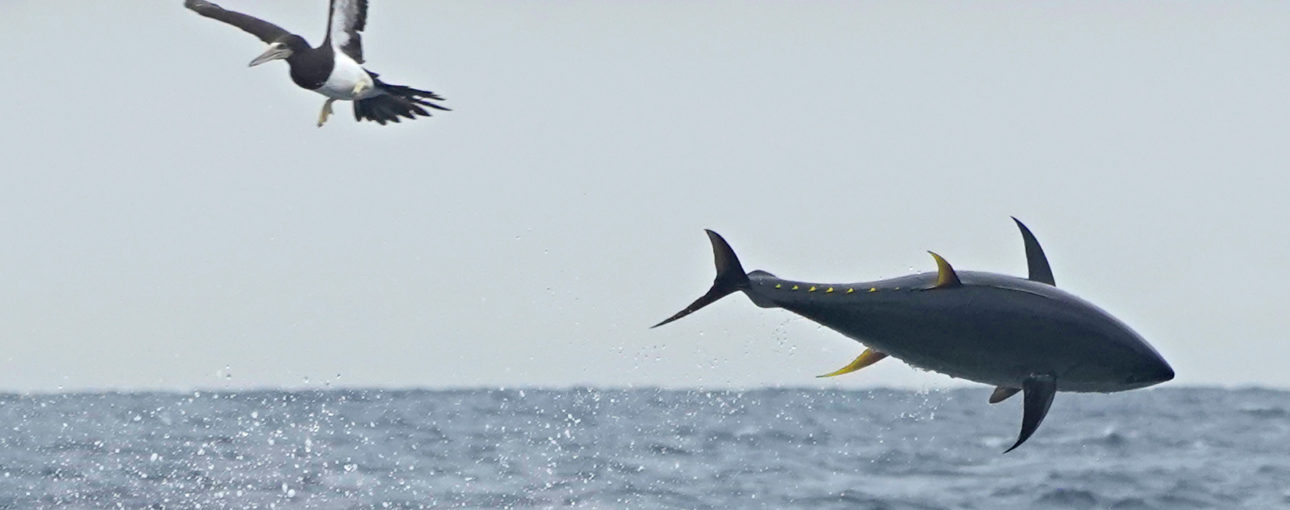Celebrating Sustainable Fishing on World Tuna Day 2022
Tuna History, Significance And 10 Tuna Fish Facts You May Not Know About
https://news.abplive.com
World Tuna Day 2022: Rich in Omega-3, minerals, proteins, and vitamin B12, Tuna has various other advantages. But the super fish is a victim of its own amazing qualities and nutritional properties, threatened as it is by the overwhelming demand from the human population.
According to the United Nations, latest data shows that 33.3 per cent of the stocks among the seven principal tuna species are estimated to be fished at biologically unsustainable levels.
To underline the importance of its conservation so systems can be put in place to prevent tuna stocks from crashing, the UN General Assembly in December 2016 voted to officially observe a World Tuna Day. And the date for this was chosen to be May 2.
World Tuna Day History And Significance
According to the UN, many countries heavily depend on tuna resources for their food security and nutrition, besides economic development, employment, government revenue, livelihoods, and even recreation.

The UNGA in its December 2016 resolution designated May 2 as World Tuna Day as it recognized the importance of “sustainably managed stocks in achieving the 2030 Agenda for Sustainable Development”, noting the “integrated and indivisible nature” of the agenda.
The resolution noted that the oceans have thousands of tuna fishing vessels operating, and that tuna fishery capacity is still growing in the Indian and Pacific oceans.
Addressing the problem of overfishing and the resultant decline in tuna stocks, the UN Legal Counsel has emphasized that effective implementation of the international legal framework, as reflected in the UN Convention on the Law of the Sea (UNCLOS) is of critical importance.

10 Tuna Facts
More than 7 million metric tonnes of tuna and tuna-like species are harvested every year.
Tuna species account for 20% of the value of all fishery items captured from the seas, and over 8% of all globally traded seafood.
Approximately 40 of the tuna and tuna-like species are occurring in the Atlantic, Indian, and Pacific oceans, besides the Mediterranean Sea.
In 2017, 33.3% of the stocks among the seven principal tuna species were estimated to be fished at biologically unsustainable levels.
According to the UN Food and Agriculture Organization’s 2017 report, Thailand was by far the largest exporter of processed tuna in the world.
Traditional canned tuna and sashimi and sushi are the two main products that drive tuna production.
Most of the world’s tuna catches cater to the canning industry.
USA, EU, Egypt, Japan and Australia have been the major markets for canned tuna.
Over 96 countries are currently involved in the conservation and management of tuna.
Between 2014 and 2019, the number of major tuna stocks experiencing over fishing went down to five from 13.
Source: UN
Types Of Tuna
While several species of tuna are found in the oceans and seas, 18 of them are listed here:
- Blackfin tuna
- Yellowfin tuna
- Longtail tuna
- Skipjack tuna
- Black Skipjack tuna
Albacore tuna - Tongol tuna
- Bonito tuna
- Bigeye tuna
- Little Tunny
Mackerel tuna - Bullet tuna
Slender tuna - Pacific bluefin tuna
- Southern bluefin tuna
- Northern bluefin tuna
- Atlantic bluefin tunaFrigate tuna
Article: https://news.abplive.com
Read more articles about the Tuna problem in Costa Rica here:
Know Your Tuna an Illustrated Guide
Conservation Wish List for Costa Rica’s New Government
Costa Rica’s Tuna Cannery Affects Coastal Communities



















